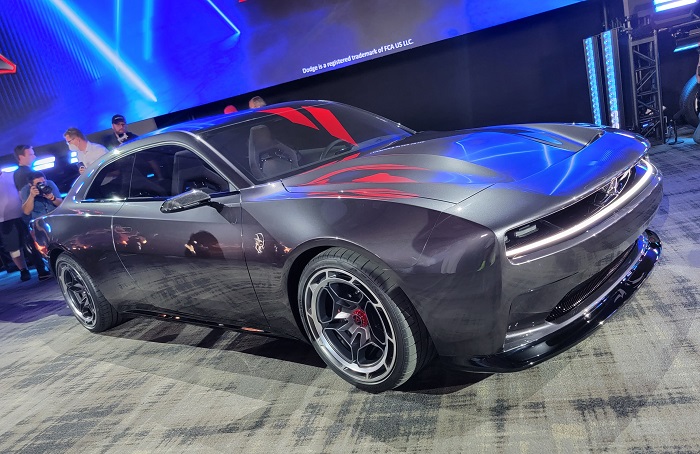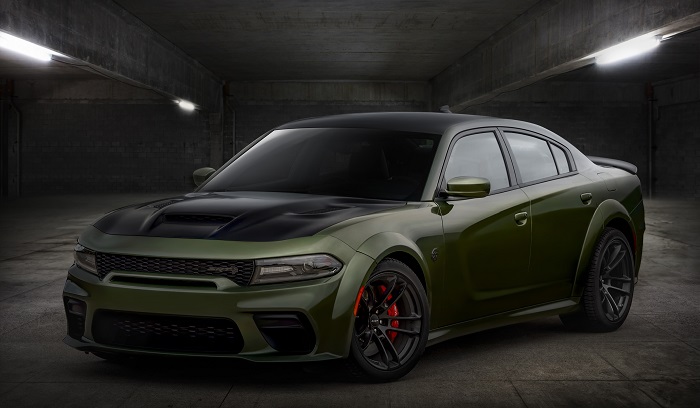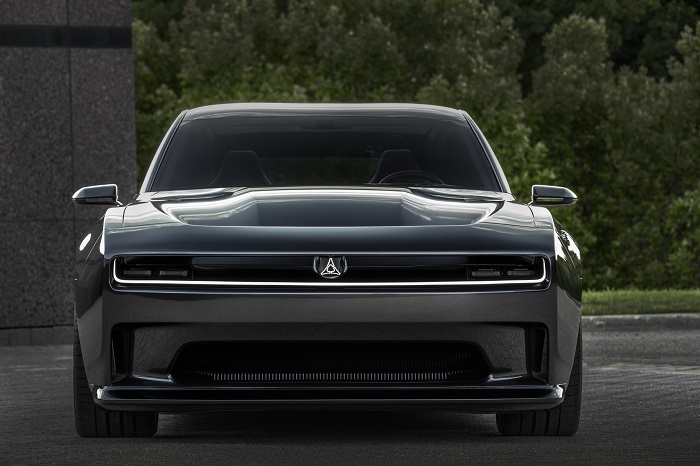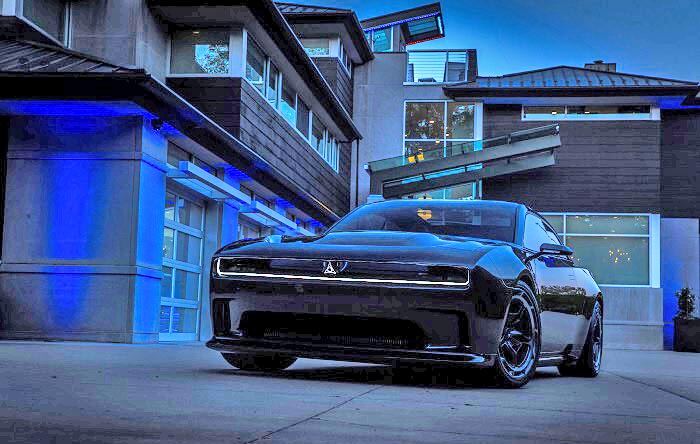Analysis. There are people in the Mopar community who absolutely hate the idea of the next generation Dodge Charger EV. Nothing is going to change their minds. If you popped into this piece to show your outrage at the electric future and how you will never buy an electric vehicle, we will save you the time and invite you to head straight to the comment section to voice your displeasure. I am not being sarcastic – readers who demand a gasoline-powered option in the future should keep expressing their opinions. Make sure that the market research people at Stellantis who read through the comments know that you want to see more high performance Dodge muscle cars with an internal combustion engine in the future.

If you haven’t headed right to the comment section to tell us how much you hate any discussion of a Dodge Charger EV, you must be interested in the rest of this piece. The federal government is pushing automakers towards an electric future, but the regulations both punish and reward – we just never hear about the rewards – issued as credits – which can actually reduce future and past CAFE fines. As a result, the 2024 Dodge Charger EV could actually help the company save money on fines from the 2021-2023 model years.
CAFE Fines And Credits Explained
When an automaker fails to reach the goals of the CAFE (Corporate Average Fuel Economy) program, the automaker is fined. FCA was fined $77 million for failing to meet CAFE requirements for the 2016 model year and $79.4 million for 2017, followed by a fine of $235.5 million for coming up short for the 2018 and 2019 model years.
The fines for the 2016-2018 model years were issued at the rate of $5.50 per offending unit. For the 2019 model year, the rate climbed to $14 per offending unit. For the 2022 and 2023 model years, the fines rise again, to $15 per offending unit.

Stellantis has been fined $392 million for the 2016 through 2019 model years. With the same vehicle lineup, the automaker is all but guaranteed to face even larger fines for the 2020-2023 model years. To stop the bleeding, Dodge is killing off the current Hemi-powered Challengers and Chargers, with a Charger EV expected to arrive for the 2024 model year (this is also a reason for Jeep switching the Wagoneer from Hemi to Hurricane). Doing away with the Hemi-powered Challengers and Chargers will help the company avoid more massive CAFE fines; and by shifting to a lineup of smaller engines, hybrids, and electric vehicles for the 2024 model year, Dodge might exceed the CAFE MPG requirement. That brings us to the “reward” aspect of the CAFE program.
CAFE fine calculations are complicated, but in short, if an automaker misses the target fleet fuel economy number by 0.1 and they sold 100,000 vehicles for the 2020 model year ($14 per 0.1 below the target), they are fined $1,400,000. However, the automaker is rewarded with the same volume-weighted method; so if an automaker beats the target fleet MPG number by 0.1, they are rewarded based on the total number of vehicles sold for that model year. An automaker that sold 100,000 vehicles for the 2020 model year while exceeding the CAFE minimum MPG figure by 0.1 would receive 100,000 credits for use in the future.
These credits can be “spent” to cover for past model years in which an automaker didn’t meet the requirements up to three years old, or they can be held and used for up to five years. Based on our example above of the 2020 model year, those 100,000 credits could be used to reduce fines for the 2017, 2018 and 2019 model years, or the company can use them for the 2021-2025 model years.
Charger EV Could Bring Big Credits
For the 2024 model year, it looks like the three main vehicles in the Dodge lineup will be the Durango, Hornet, and the Charger EV (possibly with gasoline Chargers coming after the EV). The 2024 CAFE minimum economy figure is 49.2 miles per gallon for passenger cars (like the Hornet and Charger)—the total average fuel economy figure for every car sold by Stellantis in 2024 has to exceed 49.2 mpg. The Durango falls under a different category and has different requirements, which makes this all more confusing, so for this discussion, we are focusing on the passenger car group. (CAFE is not calculated the same way as the gas mileage on window stickers; CAFE-measured MPG figures are higher.)

Let’s say that the Dodge Charger EV is rated at 100 MPGe – with the “e” being the standard fuel economy metric for EVs. For simple math, let’s assume that the Hornet averages 40 MPG/MPGe between the turbocharged GT and the hybrid R/T.
If Dodge sells 100,000 Charger EVs and 100,000 Hornets, their CAFE score from those two vehicles would be 57.1 MPG. That means that these cars exceed the required average by 7.9 units, multiplied by 200,000 vehicles for a total of 1.580 million credits. Those credits could be used to reduce fine costs for the 2021, 2022 and 2023 model years.
In reality, there are many other elements of CAFE that go into calculating the fine and credit amounts, but this quick bit of math shows how the Dodge Charger EV will help prevent future fines while also possibly reducing the fine amounts for the past few years.
More importantly, once Stellantis has addressed the fines for the model years up to and including 2023, any CAFE credits earned going forward could be used to offset any negative impact from future high performance gasoline-powered vehicles.
Discover more from Stellpower - that Mopar news site
Subscribe to get the latest posts sent to your email.

